Retro sneakers have undoubtedly left an indelible mark on the world of sports, fashion, and pop culture. As we journey through the evolution of these iconic shoes, we will discover their humble beginnings, their rise to prominence, and their immense influence on both sneakerheads and casual wearers alike. By examining the history, popular brands, iconic models, collaborations, and roles in sports, fashion, and pop culture, we can better appreciate the artistry and impact of retro sneakers in shaping our modern world.
A Brief History of Retro Sneakers
The history of retro sneakers dates back to the early 20th century when athletic shoes were introduced for various sports, such as basketball and running. One of the first iconic brands to emerge was Converse, which released its All-Star model in 1917, initially designed for basketball players. The Converse All-Stars, also known as “Chuck Taylors,” became a cultural symbol and are still popular today, transcending from sportswear to casual fashion.
During the late 1960s and early 1970s, sneakers became more prominent in popular culture, with brands such as Adidas and Puma on the rise. The Puma Clyde, named after basketball player Walt “Clyde” Frazier, and the Adidas Superstar, known for its distinctive shell-toe, entered the sneaker market during this time. Both became staples for sports enthusiasts and sneaker collectors alike. These designs marked a turning point in sneaker history as they transitioned towards more innovative and stylish options for consumers, no longer strictly serving athletic purposes.
The 1980s saw the advent of the “sneakerhead” culture, with the release of several influential retro sneakers, such as the iconic Air Jordan 1 by Nike. The collaboration between basketball legend Michael Jordan and Nike designer Tinker Hatfield propelled the sneaker industry to new heights, as the Air Jordan 1 marked the beginning of an extensive series that continues to captivate sneaker enthusiasts to this day. Additionally, during this era, the Reebok Classic and Adidas Stan Smith gained popularity, solidifying their place in retro sneaker history.
In the 1990s, sneakerheads were captivated by chunkier designs and collaborations with renowned designers. One of the most notable releases of this decade was the Nike Air Max line, which introduced visible air cushioning to athletic footwear. This unique design element has since become a trademark of the Nike brand. Also during this era, FILA released the Disruptor silhouette – a best-selling retro sneaker that has seen a resurgence in recent years.
Retro sneakers continue to dominate the market today, with numerous brands and designers finding inspiration in both the functional and artistic elements of previous eras. Collaborations between luxury fashion houses and sportswear brands blur the lines between sneaker culture and high fashion, leading to a growing appreciation for retro designs among new generations of sneaker enthusiasts. As a result, many iconic models from the past are regularly reissued or reimagined, ensuring that the rich history of retro sneakers continues to endure and evolve. One such brand that has played a significant role in popularizing retro sneakers is Nike.
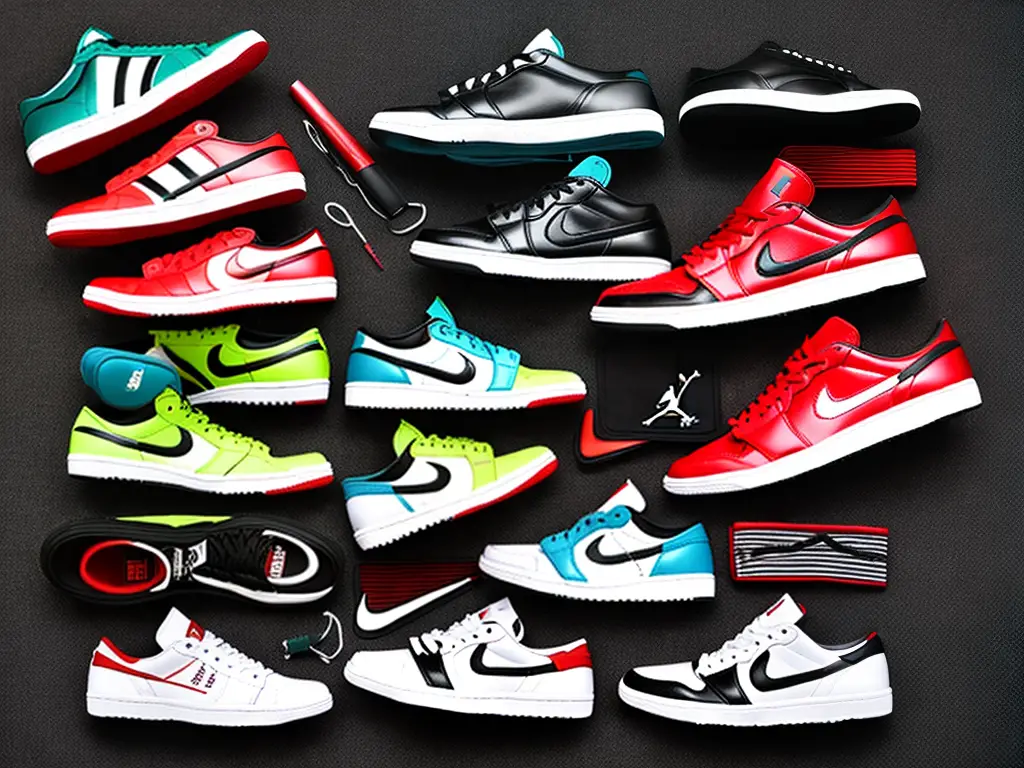
Top Retro Sneaker Brands
Over the years, Nike has popularized numerous iconic styles that continue to be widely sought after today. One of the earliest Nike classics is the Cortez, which first debuted in 1972 as a running shoe. However, it may be the Air Force 1, released in 1982, that cemented Nike’s position in both sneaker culture and popular culture. The Air Jordan line, featuring NBA legend Michael Jordan, became an instant phenomenon since the release of the first Air Jordan 1 in 1984. Today, retro Jordans are among the most desirable and collectible sneakers in the market, demonstrating the immense and enduring appeal of retro sneaker designs.
Adidas, another giant in the retro sneaker market, has managed to maintain its iconic status through the release of classic silhouettes that date back to the 1960s. The German brand’s most notable contribution to the sneaker culture is perhaps the Adidas Superstar, which was first released in 1969 as a basketball shoe.
Since then, the Superstar has maintained its popularity, becoming a staple in hip-hop fashion and culture. Other iconic Adidas retro sneakers include the Stan Smith, Gazelle, and Samba, all of which continue to make fashion statements today.
Converse, known for their classic canvas high-top Chuck Taylor All Star sneaker, has been a major player in the retro sneaker game since the early 20th century. First introduced in 1917, the Chuck Taylor All Star quickly became the go-to basketball shoe of the era. Nearly a century later, this style remains continually popular – transcending sports and becoming a cornerstone of streetwear and youth culture.
Converse has sustained its relevance over the years by collaborating with other brands and artists, continuously reinterpreting their iconic sneakers for new generations.
Puma, another key player in the retro sneaker market, has its roots in the 1948 split of the Dassler brothers, who founded Adidas. Establishing Puma as its own brand, the company has since released a range of iconic styles that have played a role in shaping sneaker culture. The Puma Suede, first released in 1968, quickly became a popular choice for both athletes and sneaker enthusiasts.
To this day, Puma retains its classic aesthetic while collaborating with high-profile brands and celebrities such as Rihanna, Selena Gomez, and The Weeknd, keeping the brand fresh and innovative.
Reebok, a brand that originated in the UK, has played a significant role in the retro sneaker scene. The launch of their Classic Leather in 1983 catapulted the brand to success, as the shoe became a sensation in both the athletic and casual footwear markets. Reebok’s impact on sneaker culture was further solidified with the introduction of the Reebok Pump in 1989, which featured a custom fit with its unique ‘pump’ technology. This innovative design quickly gained traction and popularity, particularly in basketball circles.
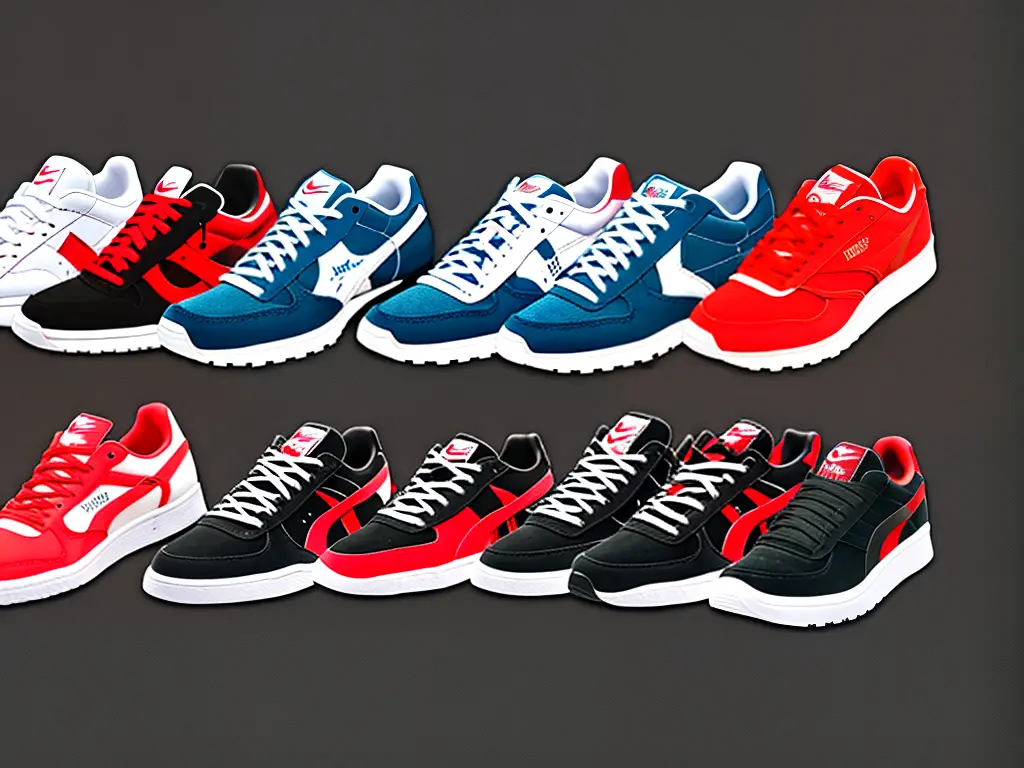
Iconic Sneakers That Changed the Game
In recent years, Reebok has made a concerted effort to reissue these iconic styles, effectively maintaining their popularity among new generations of sneakerheads. Similarly, the Air Jordan 1, first released in 1985 as a collaboration between NBA legend Michael Jordan and the footwear giant Nike, has also become an iconic retro sneaker. This revolutionary high-top sneaker combined style, performance, and an unbeatable marketing strategy to create a cultural phenomenon that changed the landscape of athletic footwear forever. The Air Jordan 1 not only holds an important place in the history of sports marketing but also played a significant role in shaping sneakerhead culture as a whole. The shoe’s initial release has spawned countless colorways, collaborations, and iterations, becoming a staple in the collections of sneaker enthusiasts across the globe.
Another classic sneaker model that has stood the test of time is the Converse Chuck Taylor All Star, first introduced in 1917. Named after American basketball player Chuck Taylor, who endorsed the shoe and helped promote its popularity, the Chuck Taylor All Star became synonymous with basketball and street culture. Featuring a simple canvas upper, rubber sole, and distinctive metal eyelets, the shoe’s minimal design has made it appealing to a wide range of consumers, including musicians, skateboarders, and hip-hop artists. This versatility has kept the Converse Chuck Taylor All Star at the forefront of sneaker culture for over a century.
The Adidas Stan Smith is yet another retro sneaker that has remained influential throughout the years. First released in the 1960s as a tennis shoe, this classic low-top silhouette features a clean and minimalist design, adorned with the iconic Adidas three stripes in perforated form. In the 1970s, the shoe was named after tennis legend Stan Smith, who became the face of the silhouette, further propelling the sneaker to mainstream popularity. Over the years, the Stan Smith has been embraced by fashion designers, celebrities, and sneakerheads alike, and its simple yet iconic aesthetic ensures continued relevance in the world of sneakers.
Released in 1982, the Nike Air Force 1 was a groundbreaking sneaker on various fronts. It was the first basketball shoe to incorporate Nike’s innovative "Air" cushioning technology, providing unparalleled comfort and support to players on the court. The shoe’s bulky design and distinctive swoosh also made it a hit amongst sneakerheads, transforming it into a cultural phenomenon. Named after the US presidential airplane, the Air Force 1 further solidified its presence in popular culture through association with hip-hop fashion and music scenes, becoming a symbol of streetwear and retro sneaker culture.
Another iconic sneaker that deserves a mention is the Puma Clyde, inspired by and named after basketball legend Walt "Clyde" Frazier. Initially released in 1973, the shoe’s enduring popularity can be attributed to its sleek design and lightweight construction, qualities that were considered rare in basketball sneakers during that era. The Puma Clyde was at the forefront of the intersection between sports and fashion, making it a favorite among sneaker enthusiasts and paving the way for more minimalist, versatile athletic footwear in the market. Today, the Puma Clyde continues to be well-regarded in the sneaker culture, and retro versions continue to be cherished and sought after by collectors and casual wearers alike.
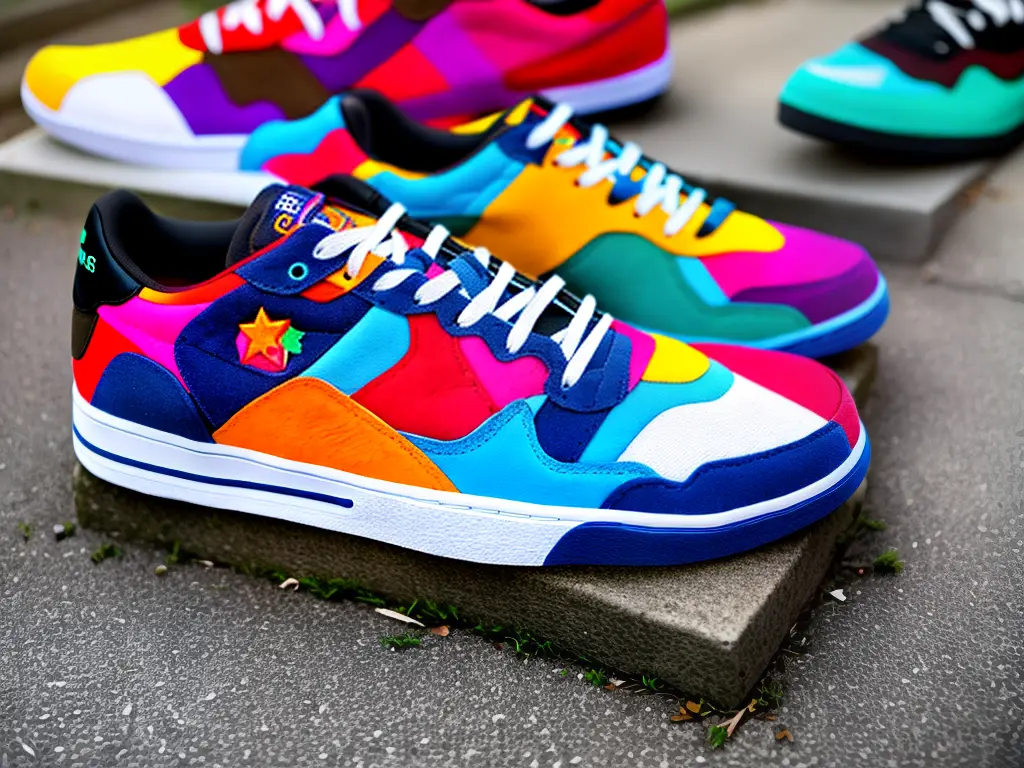
Sneaker Collaborations and Retro Sneakers
Along with the enduring popularity of retro sneakers, collaborations between brands and designers have become increasingly popular in recent years, creating unique and exclusive products that generate hype among sneaker enthusiasts. One of the most recognizable sneaker collaborations in the world of retro sneakers is the ongoing partnership between Virgil Abloh’s Off-White label and Nike. This collaboration has led to the creation of many iconic designs, such as the reinterpreted versions of the classic Air Jordan 1, Air Force 1, and Air Max 90. The combination of Off-White’s deconstructed aesthetic with the timeless design of these retro sneakers creates a unique blend of old and new, which has resonated with sneakerheads across the globe.
Another significant sneaker collaboration that has impacted the retro sneaker market is the partnership between Adidas and rapper Kanye West, who together have created the wildly popular Yeezy brand. While many of their designs are more futuristic and unlike traditional retro sneakers, certain models like the Yeezy Powerphase Calabasas take inspiration from Adidas’ classic 80’s tennis shoes. The combination of Kanye’s influence, limited availability, and the retro aesthetic has made this collaboration a must-have for many collectors.
Some sneaker collaborations go beyond the world of fashion and streetwear, delving into popular culture to create unique limited-edition releases. For example, the collaboration between Nike and the popular Netflix series Stranger Things resulted in a collection of retro-inspired sneakers, featuring designs from the 1980s in which the series is set. The collection includes notable models like the Nike Cortez, Blazer Mid, and Air Tailwind 79, with each shoe showcasing elements from the show, such as the Hawkins High School colors and logo.
Limited-edition releases play a significant role in the retro sneaker market, as they often celebrate important milestones, collaborations, or events. For instance, the Air Jordan 11 ‘Concord’ first debuted in 1995 and has seen multiple re-releases over the years, including a highly anticipated limited release in 2018. This particular sneaker is held in high regard among collectors, as it was worn by Michael Jordan during the Chicago Bulls’ historic 72-10 season.
Another limited-edition retro sneaker that has captured the attention of enthusiasts is the Nike Air Max 1 ‘Parra,’ designed in collaboration with Dutch artist Piet Parra. The sneaker’s vibrant colorway, unique pattern, and limited availability have made it a sought-after collector’s item. Collaborations between brands like Adidas and boutique retailers, such as the Alife x Starcow x Adidas Consortium Sneaker Exchange, have also produced limited-edition retro-inspired sneakers that generate excitement among aficionados. The combination of exclusivity, innovative designs, and nostalgia continues to fuel the excitement and demand for retro sneaker collaborations and limited-edition releases.
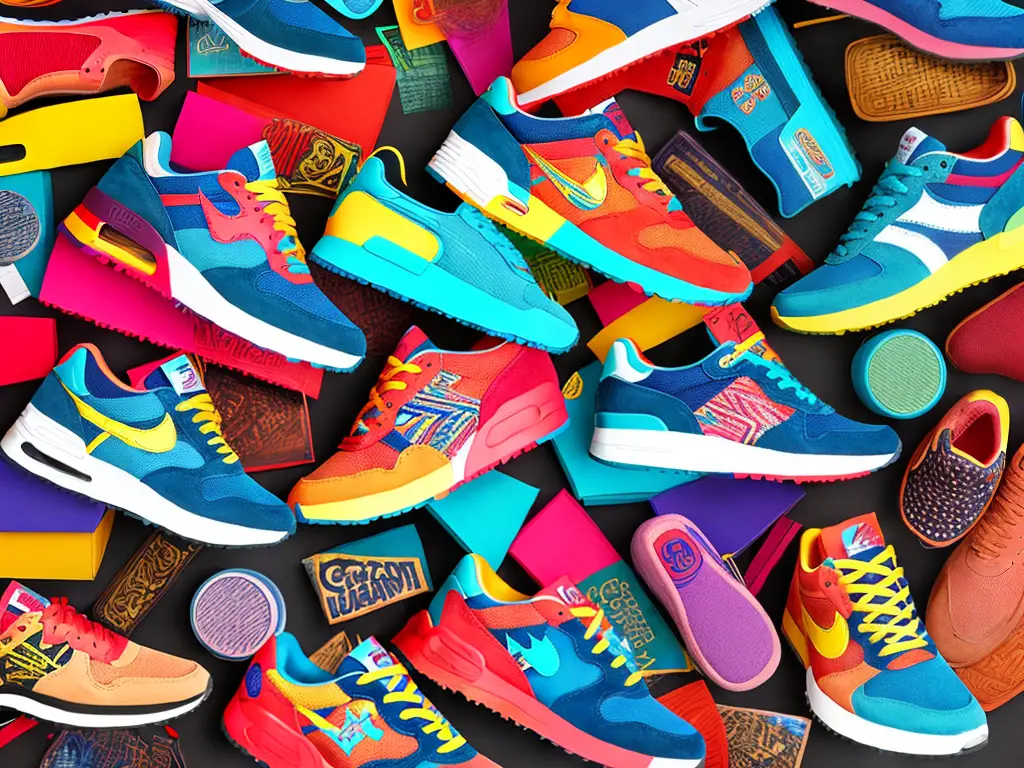
The Influence of Retro Sneakers on Sports and Culture
In turn, retro sneakers have played a significant role in the world of sports, particularly in basketball, tennis, and skateboarding, as their influence has only grown over time. The nostalgic appeal of these classic designs, fused with modern technology, has drawn athletes and fans alike to don these culturally significant shoes. Many of these sneakers bear the names of iconic athletes, such as Michael Jordan, or carry designs inspired by particular career moments or achievements, which helps cement the legacies of these sports stars. The combination of sports history, appealing designs, and star power has contributed to the continued popularity of retro sneakers, making them both a fashion statement and a celebration of athletic achievements.
Basketball is, perhaps, the most well-known area in which retro sneakers have made their mark on the court. Models such as the Air Jordan 1 and the Nike Air Force 1 have become iconic symbols of the sport, and the personalities behind the shoes have played an undeniable role in their popularity. Michael Jordan’s eponymous sneaker line has crossed over into the mainstream, transcending sports to become a significant aspect of popular culture, with each subsequent release rekindling interest in the athlete’s illustrious career. As a result, the legacy of Michael Jordan and other basketball greats has become intertwined with the success of the sneakers that have been designed in their honor.
Tennis also boasts its fair share of retro sneakers that have influenced the sport and its fanbase. The Adidas Stan Smith is perhaps the most recognizable of these, named after the renowned tennis player in the 1970s. These sneakers have since become a staple in casual and stylish athleisure wear due to their versatility and timeless design. Additionally, Andre Agassi’s vibrant Nike Air Tech Challenge shoes challenged the clean-cut image often associated with tennis, mirroring the player’s rebellious spirit both on and off the court. These retro sneakers, with their distinctive designs and endorsements from star athletes, have helped shape the way fans perceive tennis as a sport.
In the world of skateboarding, retro sneakers have also solidified their place as an integral aspect of its culture. Sneakers like the Vans Old Skool and the Nike SB Dunk Low have long been popular among skateboarders, lauded for their durability, supportive design, and grip. Additionally, the release of special edition sneakers in collaboration with popular skateboarding brands, such as Supreme or Palace, has intensified hype around retro sneaker releases and further ingrained them into the fabric of skate culture.
As fans continue to be captivated by retro sneakers, companies are releasing new colorways and collaborations to satisfy the demand for customization and personal style. This phenomenon ties athletes’ personal branding to their sneakers, creating a stronger connection between the shoes, the sport, and the athletes themselves. Subsequently, new generations of sports enthusiasts are introduced to past legends by wearing their sneakers and uncovering the stories behind these iconic designs, fueling a continued interest in retro sneakers and the history they represent.
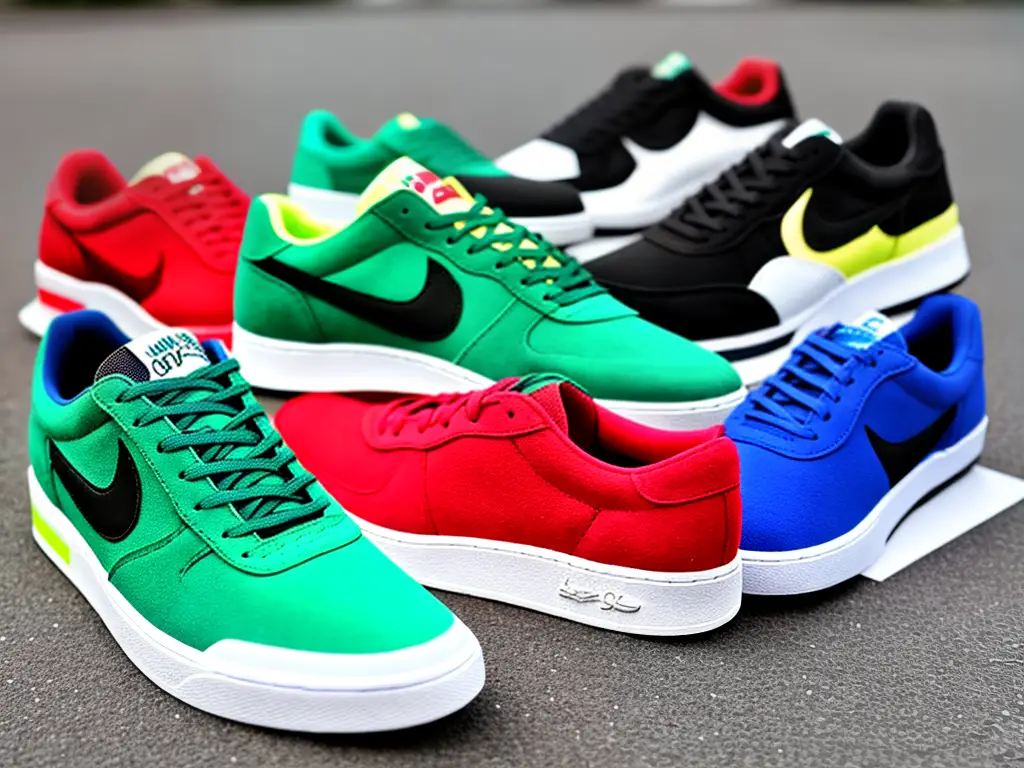
The Enduring Impact of Retro Sneakers on Fashion and Pop Culture
Since the 1980s, retro sneakers have held a strong influence in fashion and pop culture, and their impact continues to be felt today. These sneakers have become an integral part of popular culture, making their presence known in various facets such as movies, music, and streetwear. Iconic designs like the Nike Air Jordan 1, Adidas Superstar, and Converse Chuck Taylor All-Stars have left an undeniable mark on our society. Over time, they’ve transcended their initial purpose as athletic attire to become a wardrobe staple for tastemakers and trendsetters alike, further expanding the cultural reach of retro sneakers.
The music industry, and more specifically, hip-hop, have long been intertwined with the world of sneakers. Artists such as Run DMC, who famously rapped about their Adidas sneakers in “My Adidas,” and Kanye West with his Yeezy brand, have helped to solidify the status of retro sneakers as symbols of style and cultural expression. These collaborations and endorsements create a symbiotic relationship between the music industry and the sneaker world, with both parties benefiting from the association. This further cements the sneakers’ impact on pop culture and elevates their status in the realm of fashion.
The rise of streetwear culture also played a massive role in the popularity of retro sneakers. As streetwear evolved and became more mainstream, the demand for iconic sneaker silhouettes increased. Brands like Supreme, Off-White, and Stüssy have all incorporated classic sneaker styles into their fashion lines, creating collaborations and limited-edition releases that are highly coveted by fans and collectors. This further emphasizes the importance of retro sneakers within the fashion world, as they serve not only as a functional piece of footwear but also as a critical component of streetwear style.
Moreover, retro sneakers have become emblematic of nostalgia for past decades and are sought after by collectors who appreciate the history and cultural significance behind these iconic designs. The resurgence of popular styles from the ’80s and ’90s, such as the chunky dad sneakers and the classic high-top silhouettes, demonstrates the power of nostalgia in fashion, as these designs evoke memories and emotions that contribute to their appeal. This nostalgic aspect also connects retro sneakers to broader pop culture trends, as they are often featured in films, television shows, and music videos that pay homage to the past.
The impact of retro sneakers on fashion trends, streetwear, and pop culture is immense and multifaceted. Playing a significant role in shaping modern style, the enduring symbiotic relationship between retro sneakers, the music industry, and sneakerhead culture continues to drive their enduring appeal. With each new collaboration and revival, retro sneakers solidify their place as a cornerstone of pop culture and the fashion world.
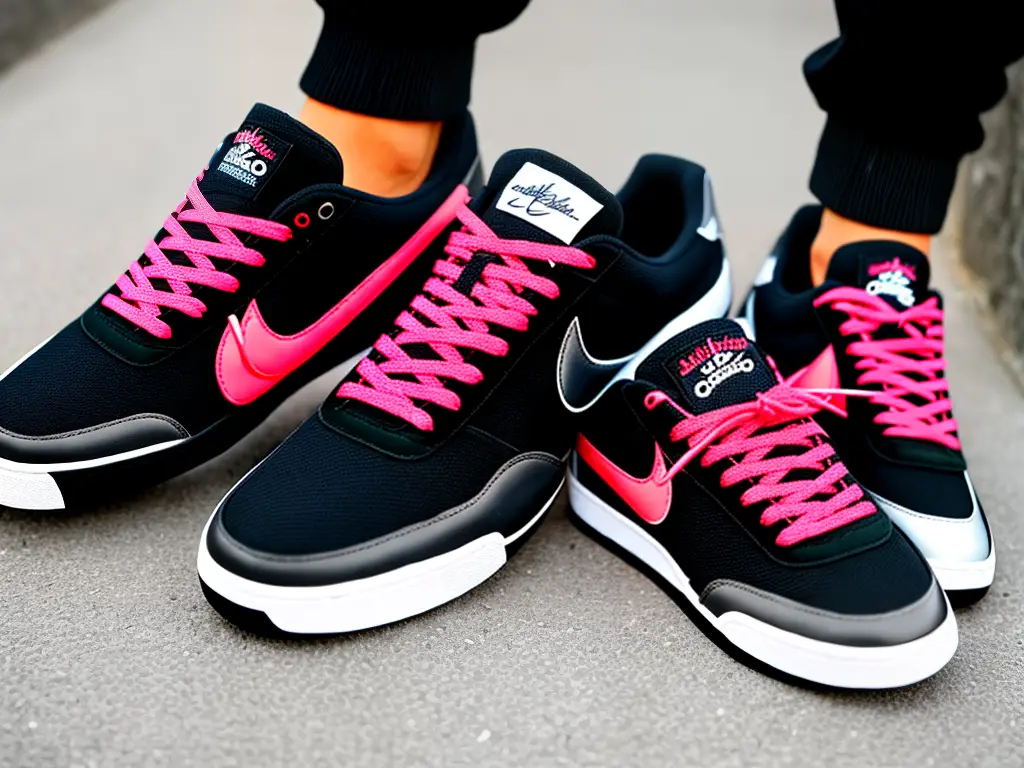
Sneakerhead Culture and the Rise of Sneaker Collecting
Sneakerhead culture represents the love, passion, and dedication for collecting sneakers globally, reflecting the historical connections between sports, music, and fashion. Sneaker enthusiasts, commonly referred to as ‘sneakerheads,’ collect and obsess over unique, retro, and limited-edition sneakers as a form of self-expression or to showcase their personal style. These sneaker enthusiasts take immense pride in their knowledge and understanding of sneaker history, resale value, and cultural impact, further strengthening the relationship between retro sneakers and their modern-day appeal.
The rise of sneaker collecting as a mainstream hobby can be traced back to the 1980s when legendary basketball player Michael Jordan inked a partnership with Nike, leading to the creation of the iconic Air Jordan series. This partnership ignited a revolution in the sneaker industry, as other major sports stars like LeBron James, Kanye West, and Pharrell Williams later followed suit, collaborating with renowned brands like Nike and Adidas to create unique and highly sought-after sneaker lines. These collaborations bridge the gap between sports, entertainment, and fashion, contributing to the growing popularity of retro sneakers amongst sneakerheads and the general public.
Retro sneakers are highly coveted by sneakerheads due to their nostalgic appeal, historical significance, and limited availability. Collectors often engage in extensive research, networking within the sneaker community, and attending release events to secure rare and exclusive pairs. Over the years, the resale market for these sneakers has flourished into a multi-billion dollar industry driven by the high demand, limited supply, and the rise of e-commerce platforms, making it easier than ever for collectors to find these highly coveted pairs.
However, there is a competitive aspect to sneakerhead culture, with collectors often vying against each other for the latest releases or rare finds. Events such as trade shows, sneaker conventions, and online groups provide a platform for sneaker enthusiasts to engage with each other, trade knowledge, and showcase their collections. Limited releases and collaborations can even create a frenzy among fans, leading to long queue lines outside sneaker stores and websites getting overwhelmed with traffic on release day.
The market for limited-edition and sought-after retro sneakers is heavily influenced by digital platforms and social media, where sneaker influencers often build their following by posting news, discussions, and reviews of the latest releases. This continuous stream of information helps to build hype around certain sneakers, further driving demand and higher resale prices. It is evident that the convergence of sports, music, and fashion, combined with the rise of social media and e-commerce, has played a crucial role in shaping sneakerhead culture and the modern landscape of sneaker collecting.
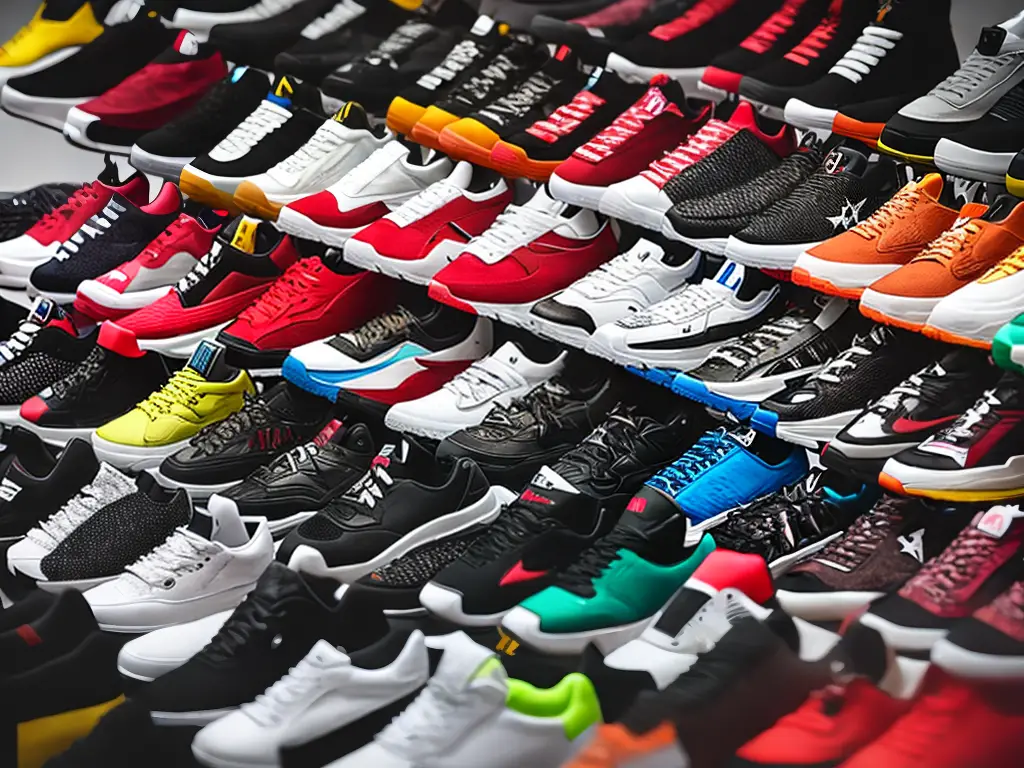
As we reflect on the multifaceted aspects of retro sneakers, it becomes evident that these seemingly simple footwear items have transcended their original purpose and emerged as significant cultural symbols. From their influence on sports legends to their role in driving fashion trends and fostering a thriving collector community, retro sneakers continue to inspire generations of enthusiasts. By preserving their historic charm and adapting to contemporary influences, retro sneakers persist in capturing the hearts and minds of people from all walks of life.